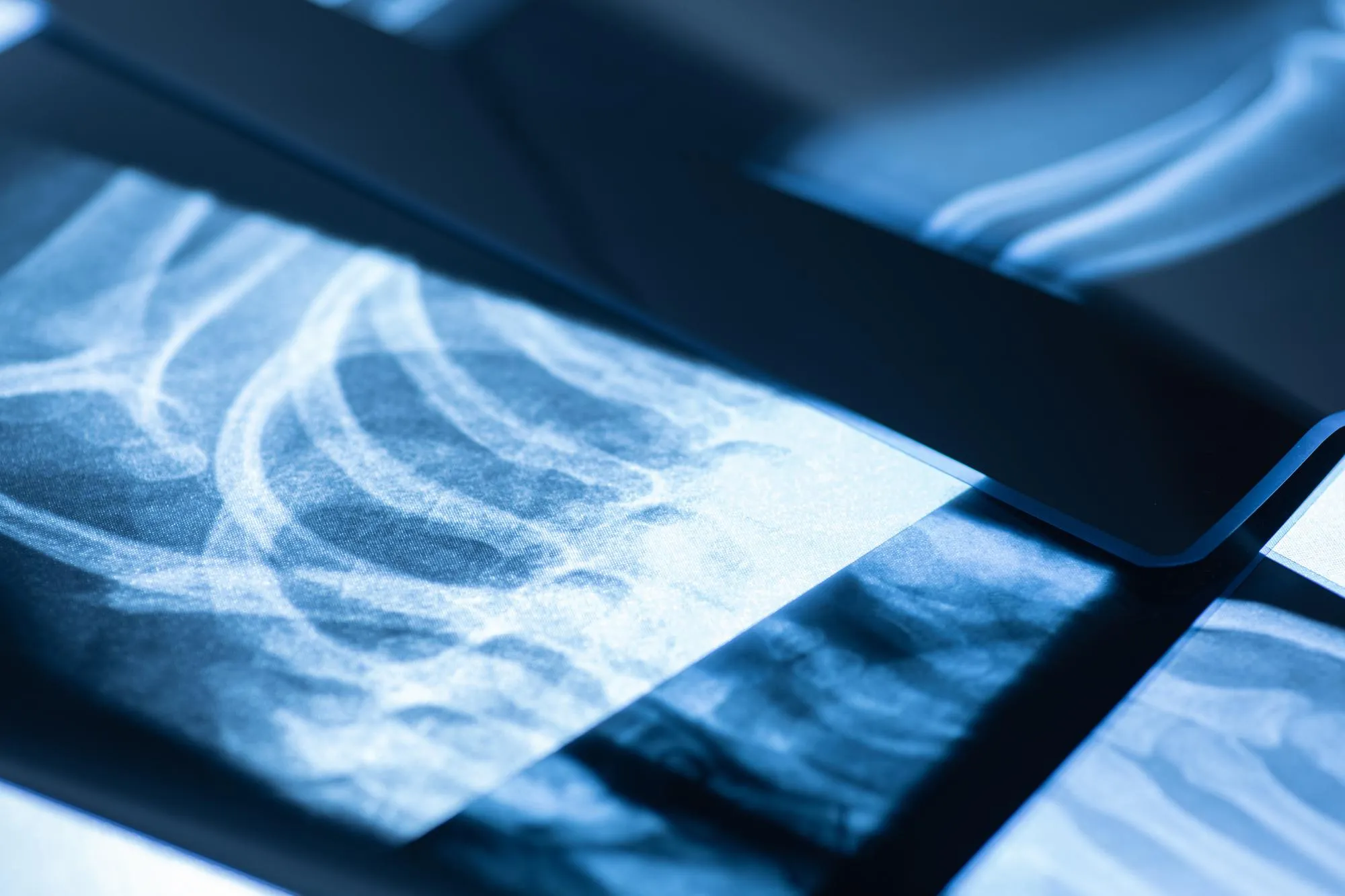For decades, scientists have been delving into the intricate realms of biomolecules, endeavoring to decode their atomic structures in order to understand the fundamental principles of biological functions and disease mechanisms. A landmark paper published in Analytical Chemistry on June 4, 2019, by researchers from Cornell University’s School of Applied and Engineering Physics, reveals a groundbreaking advance in this pursuit. The study, led by George D. Calvey, Andrea M. Katz, and Lois L. Pollack, introduces a new method of fabricating a mixing injector system that is set to drastically enhance Mix-and-Inject Serial Crystallography (MISC) using X-ray free electron lasers (XFELs) – a technique that allows scientists to observe biomolecules in action at atomic resolution. This innovation cuts down the preparation time significantly while improving the robustness and efficiency of the experiments, poised to make MISC an accessible and routine method in structural enzymology. (DOI: 10.1021/acs.analchem.9b00311)
The paper, entitled “Microfluidic Mixing Injector Holder Enables Routine Structural Enzymology Measurements with Mix-and-Inject Serial Crystallography Using X-ray Free Electron Lasers,” spotlights the challenges previously faced in MISC and shines a light on the potential of this novel injector system. MISC is an emergent technique that fuses the precision of crystallography with the dynamism of enzyme reactions, captured by XFELs’ incredibly fast pulses.
Despite its promise, the application of MISC has been hampered by technical limitations. The mixing injectors, critical in kicking off the reactions and injecting the sample into the X-ray beam, have been cumbersome and prone to failures like clogging, often leading to precious experimental time being wasted. Calvey, Katz, and Pollack’s work addresses these hindrances by presenting a modular, easy-to-fabricate mixing injector holder that streamlines the experimental process and resilience.
According to the paper, a mixing injector can now be produced using raw components in a total of 100 minutes, with only 5 of those minutes falling within experiment time. This efficiency not only saves time but also provides a surge in productivity as it allows researchers to maximize the diffraction patterns measured during experiments.
The new injector system’s design is inherently flexible, which means it can be optimized on a per-experiment basis. Its modularity is a game-changer: if unexpected issues occur, such as injector clogging, parts can be swapped out swiftly, reducing delays and minimizing data loss. The system has already proven its mettle, being successfully utilized in various experiments conducted at different XFEL sources.
This innovation stands out as an unprecedented contribution to structural biology. The robustness and ease of use inherent in the new injector holder are fundamental steps that could facilitate the widespread adoption of MISC in routine laboratory analysis, bringing a raft of research and development opportunities to light.
Keywords
1. X-ray Crystallography
2. Microfluidic Injector
3. Structural Enzymology
4. Serial Crystallography
5. Free Electron Lasers
References
1. Calvey, G. D., Katz, A. M., & Pollack, L. L. (2019). Microfluidic Mixing Injector Holder Enables Routine Structural Enzymology Measurements with Mix-and-Inject Serial Crystallography Using X-ray Free Electron Lasers. Analytical Chemistry, 91(11), 7139–7144. doi: 10.1021/acs.analchem.9b00311.
2. Standfuss, J., & Spence, J. (2017). Serial femtosecond crystallography of G protein–coupled receptors. Science, 359(6377), 878-881.
3. Chapman, H. N., et al. (2011). Femtosecond X-ray protein nanocrystallography. Nature, 470(7332), 73–77.
4. Weierstall, U., et al. (2014). Lipidic cubic phase injector facilitates membrane protein serial femtosecond crystallography. Nature Communications, 5, 3309.
5. Boutet, S., et al. (2012). High-resolution protein structure determination by serial femtosecond crystallography. Science, 337(6092), 362-364.
Reflecting on this significant leap forward, Lois L. Pollack, one of the lead authors, remarked, “Our aim was to resolve the practical challenges that researchers encounter when using MISC. Reducing the preparation time while increasing the reliability of the experiments can have an immeasurable impact on our understanding of enzymatic processes at the atomic level.”
The broader scientific community is eager to integrate this new technology into their research frameworks, anticipating a definitive acceleration in the exploration of biomolecular structures and dynamics. In the same way that the electron microscope revolutionized cell biology, the microfluidic injector system detailed in the Cornell team’s study is set to transform our approach to structural enzymology, unlocking the molecular mysteries that are vital for the advancement of medicine and biotechnology.
